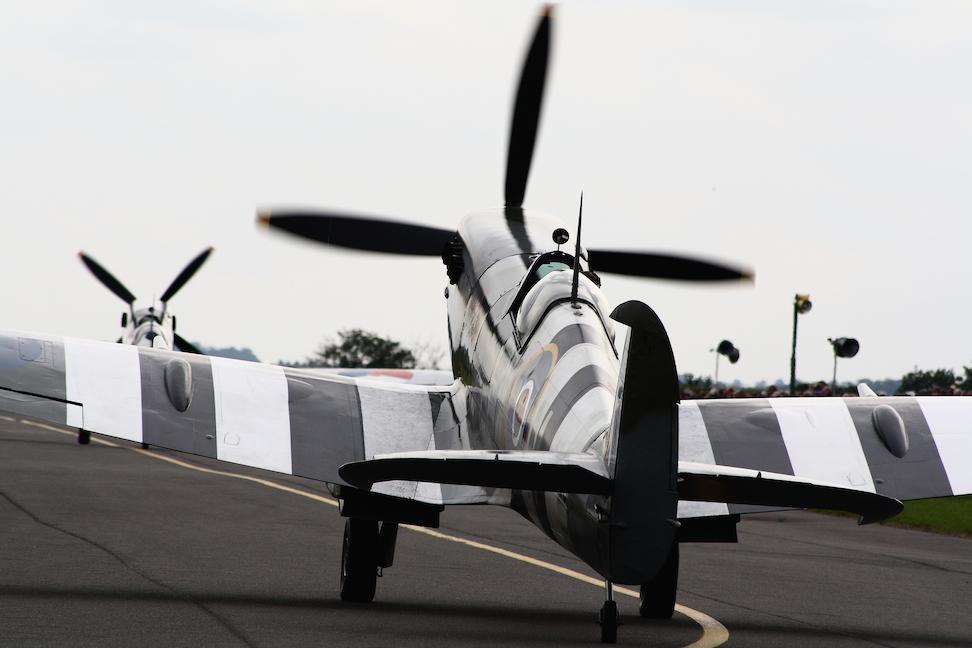The Hampden was the last of the twin-engined medium bombers to go into service during the expansion of Bomber Command in the late 1930s and, together with the Wellington and Whitley, it bore the brunt of the Royal Air Force's attacks against Germany in the early years of the Second World War.
Better manoeuvrability and performance than its two contemporaries led to high expectations, but early war time operations proved the aircraft had serious deficiencies. Two particular problems were identified. The very narrow fuselage provided cramped accommodation for the crew causing fatigue on long missions. Unlike other British medium bombers the Hampden had no multi-gun power-operated turrets. Its fixed forward gun was next to useless and the three flexible gun mountings in the nose and fuselage had a limited traverse which produced a number of blind spots. Modifications were put in hand to provide more guns but the fuselage design remained a problem throughout its service life.
After a disastrous, but mercifully short, daylight campaign Hampdens were switched to night operations until 1942 when a number were converted to carry a torpedo. Eventually 144 aircraft were modified in this way and the type continued in service with Coastal Command as a torpedo bomber until December 1943.





